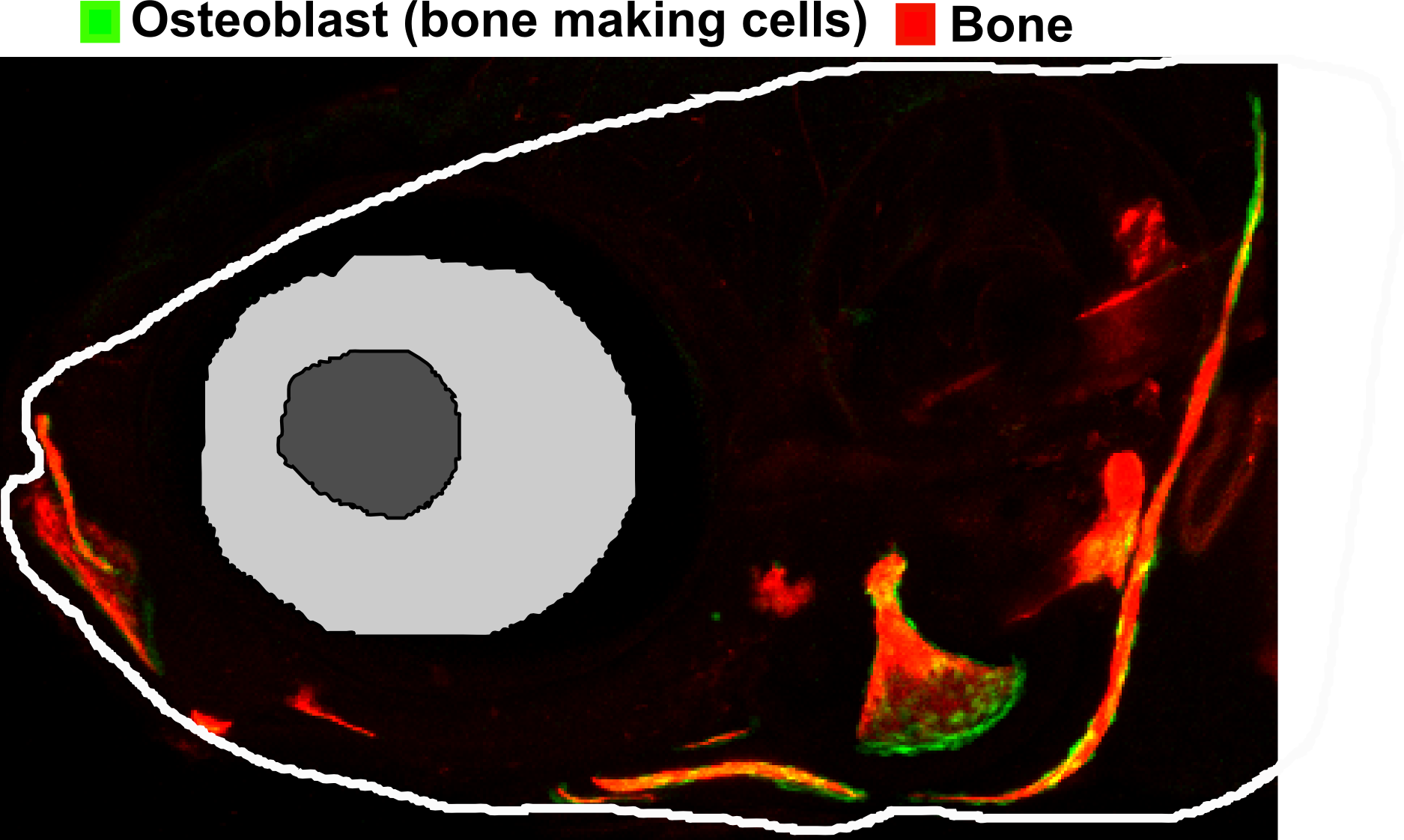Maintaining bone strength requires the right balance of bone building and bone degrading cells. Osteoporosis occurs when the body loses too much bone, makes too little bone, or both. Over the age of 35 we all experience bone thinning and this becomes more significant as we get older, particularly in post-menopausal women. Osteoporosis is therefore more common in older people, affecting around half of women and a third of men over 55.
Two large genetic studies in humans at the University of Bristol have identified hundreds of new genes that may cause changes in bone strength. The challenge now is to identify the key genes responsible for osteoporosis. An Elizabeth Blackwell Institute Postgraduate Discipline Hopping Fellowship undertaken at Translational Health Sciences in Bristol Medical School, allowed Dr Dylan Bergen to identify genes from these two databases with the greatest bone strengthening potential, before ‘hopping’ back to his PhD discipline in dynamic cell biology to validate his predictions on zebrafish in the lab. His aim was to lay the foundation for future studies to identify therapeutic drug targets and develop medical interventions to prevent serious, sometimes even life threatening, osteoporotic fractures in humans.
Dr Bergen carried out this work at the Musculoskeletal Research Unit (MRU) at Southmead Hospital, which runs the two pioneering bone genetic association studies. His supervisors were Dr Celia Gregson (supervisor and High Bone Mass study co-leader, MRU) and Dr John Kemp (supervisor and UK Biobank GWAS on osteoporosis co-leader, University of Bristol and University of Queensland, Australia). Other world leaders in bone genetic research who supported his training and research aims included Dr Lavinia Paternoster (MRE IEU collaborator), Professor Jon Tobias (University of Bristol), Professor David Evans (University of Bristol and University of Queensland, Australia) and Professor Emma Duncan (University of Queensland, Australia).
Dr Bergen learnt how to analysis large genetics datasets using state-of-the art bioinformatics and genetic epidemiological tools. This enabled him to develop a novel bioinformatics pipeline to identify, replicate and prioritise genes, and associated biological pathways, according to their bone strengthening potential. He is currently refining the in silico prioritisation pipeline with Dr John Kemp and will be validating the nine most promising candidates in the lab.
He is using the zebrafish animal model because it combines excellent genetics with beautiful imaging possibilities, for studying development of the skeletal system dynamically in vivo. Dr Bergen already had cell and zebrafish skeletal biology expertise from his PhD. By discipline ‘hopping’ back to Dr Chrissy Hammond’s lab at the School of Physiology, Pharmacology and Neuroscience, he is able to bring together two disciplines, with the aim to achieve fast and cost-effective screening of identified bone strengthening genetic factors.
The results of this pilot, and the interdisciplinary collaborations formed, won Dr Bergen a Versus Arthritis Foundation Fellowship to take this exciting work forward.

